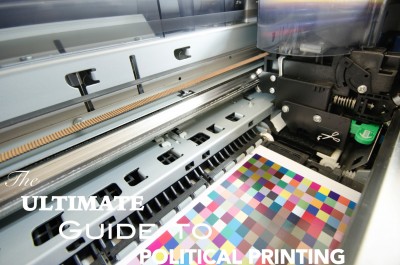
Everything You Were Afraid to Ask About Political Direct Mail Printing—Part 2
In part one of this series we talked about the characteristics of a good printer for political direct mail printing and how to find them. This week we’re going to talk about schedules and paper.
Schedules and Deadlines: Even if you design the most persuasive and creative direct mail pieces possible, they won’t win you an election unless they are printed and mailed on time. Part of having a good direct mail piece is managing the workflow with your printer. This is even more important with political direct mail printing – as opposed to regular commercial direct mail - because our timelines are short. The election cycle is only so long and everyone around the country producing political direct mail is looking to the same finite group of printers and mailhouses to get their mail out. Making sure you define a schedule and stick to it will help you get a better piece in the end. Keeping jobs and schedules organized, you will be able to manage quick turnaround jobs when they come in. Be sure to communicate your expected mail dates with your vendors and work backwards to determine when you need to get files to the printer in order to meet your expected mail dates. Work with your printer to finalize these schedules and make sure the printer has a copy of the schedule, in writing, so everyone is on the same page. Clarifying that up front will save you a headache later!
Paper: Any printer can give you paper, or stock as it’s known in the industry, that is lying around the shop. Spending a little time to educate yourself about paper types and weights will help you determine what you like, what you don’t, and will give you something specific to ensure you’re getting the consistency you want. Paper has a huge influence on the final printed piece. Communicating your needs and preferences to your printer is key to finding the right paper for the job. Ask for printed samples in advance so you know exactly what to expect from the paper and how it prints.
There are some great online resources about paper from paper manufacturers that provide a wealth of information. Mohawk Papers offers an excellent video tutorial about the different types of papers and their uses. They also have a written guide about specifying paper that is helpful.
Stay tuned next week for part 3!